This is a continuation of a series of tests on the new Fujifilm 30mm f/3.5 G-mount lens. Today I’m comparing it with the Fuji 32-64 mm f/4 zoom. I did this earlier with a Siemens Star target, which is unforgiving; it was designed to be so. What if we just aim the camera at some foliage?
I set up the the 30 mm on a GFX 50S and the zoom on a GFX 50R, put them on a C1 head on RRS legs and aimed it at this scene:
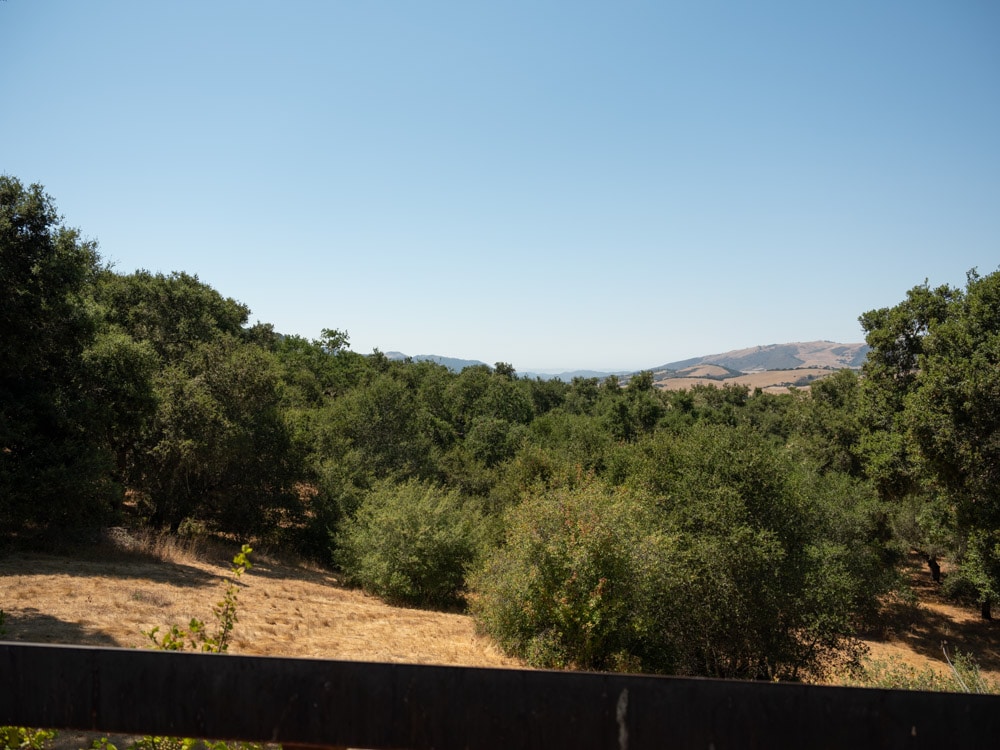
Using manual focusing with magnified focus peaking, focusing at the taking aperture, and focusing on the subject no matter where it was in the frame, I made three exposures at each full stop from wide open through f/11, and picked the sharpest one. I did that with both lenses, with the zoom ens focal length set to 32 mm. I developed the images in Lightroom with default settings, except for Daylight white balance anad sharpening amount 20, radius 1, and detail 0.
If you’ve seen these here before, just jump to the images. If not, I need to spend some time telling you how to interpret them. They’re at roughly 250% magnification, enlarged to 700 pixels high on export from Lightroom. If you just want a rough idea of the differences, just look at the images as displayed in-line in the posts. However, if you wish to compare these images in detail, you should view these images by clicking on them to see the source files, then set your browser for 100% zooming. Even better, download them and make Photoshop stacks.
No matter what you do, these crops are all going to look horrible. I’m blowing them up so much so that they will represent the original file after JPEG’s discrete cosine transform has had its way with them. If you want to get a good idea of what the images would look like printed, get far away from your monitor. No, farther than that. Put a bunch of the images up on the screen and back up until the best one starts to look good. Then look at the others. There’s another reason why these images won’t look like the best thing the camera/lens combination can deliver. They’re demosaiced with Lightroom. Lightroom is not awful, but for a particular image, there are usually better raw processors. I use Lr because it’s a de facto standard, because I know it well, and because it’s got good tools for dealing with groups of images.
Here’s how to use these highly-magnified crops. The dimensions of the GFX 50R sensor is 8256×6192 pixels. If we make a full-frame print from the GFX50 R on a printer with 360 pixels per inch native driver-level resolution, like the Epson inkjet printers, we’ll end up with a 23×17.2 inch print. The 283×219 pixel crop you’re looking at will end up 0.8×0.6 inches. Let’s imagine that you or your viewers are critical, and will look at the 23×17.2 inch print from about 18 inches (conventional wisdom is that the distance would be a little greater than that, or 29 inches (the diagonal), but you did buy a high-resolution camera for a reason, didn’t you?).
The next step is dependent on your monitor pitch, which you may or may not know. Turns out, you don’t have to know it. Just take the crops and view then at 1:1. How high are they? Get out your ruler and measure, or just guess. Let’s say they are 6 inches high. 6 inches is about 7 times 0.8, so in order to view the crops the way they’d look from 18 inches on the print is to view them from 7 times as far away, or 10.5 feet.
In the center:
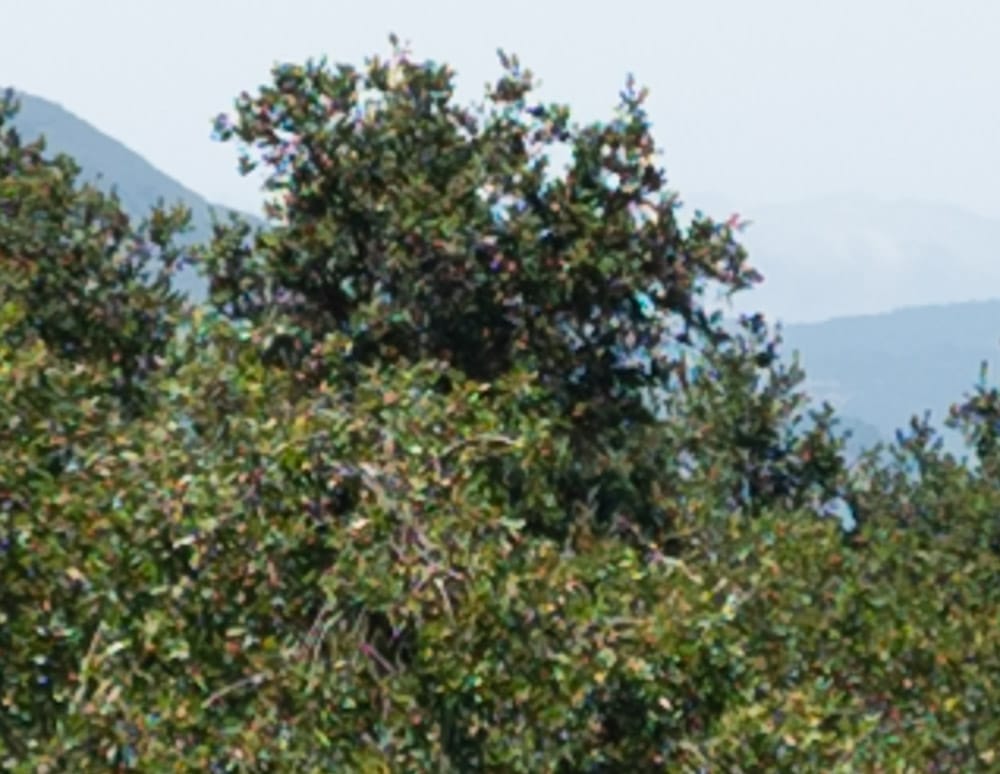
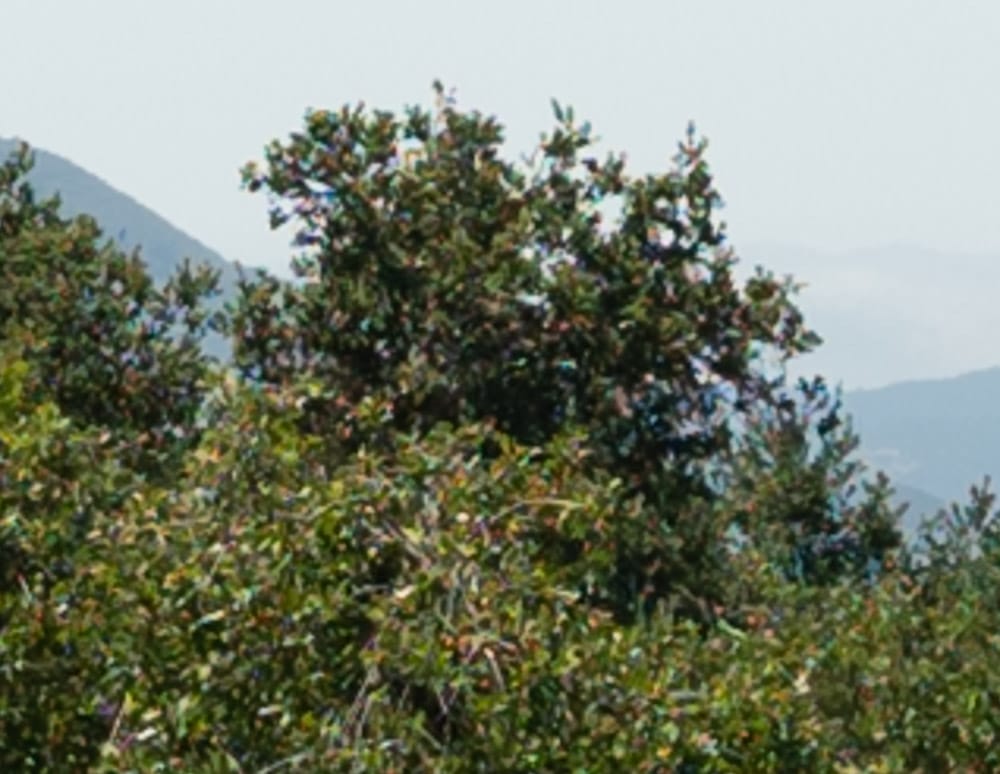
Not much to choose between these.
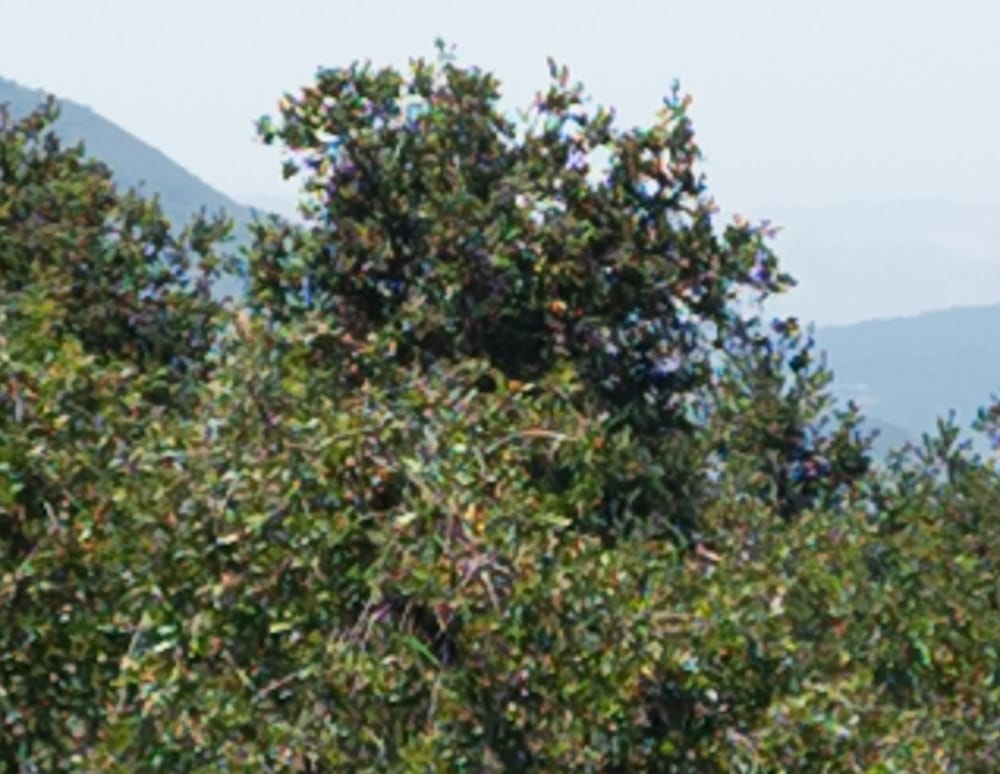
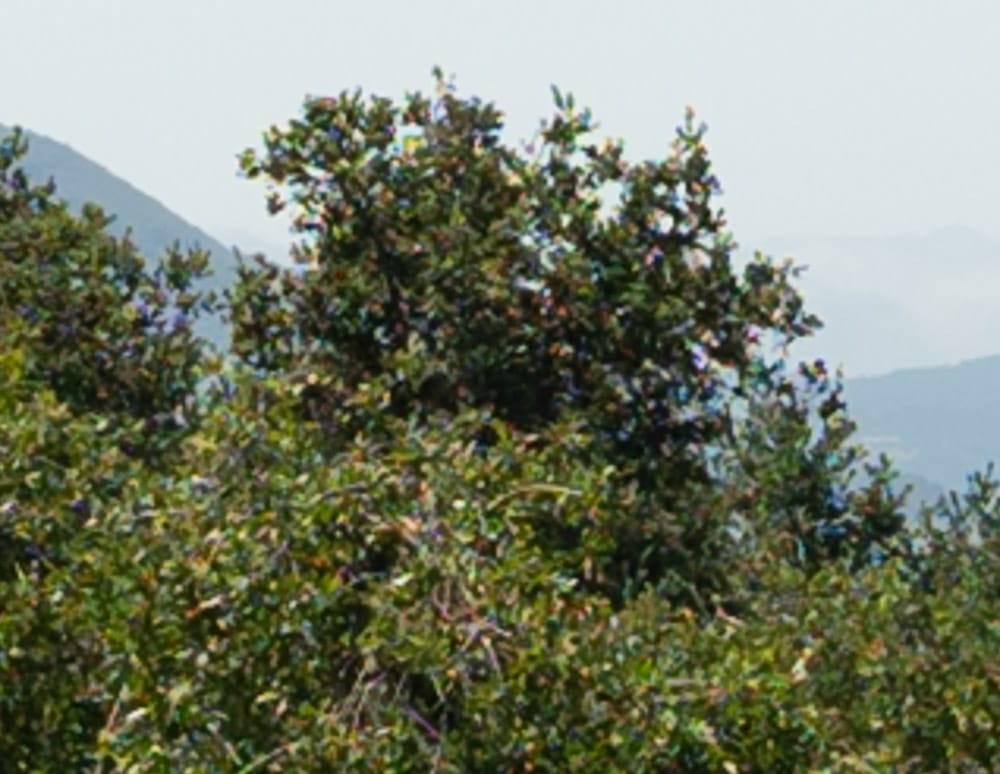
These are the sharpest f-stops in the center for both lenses, and both of them look great, if you can handle all the aliasing.
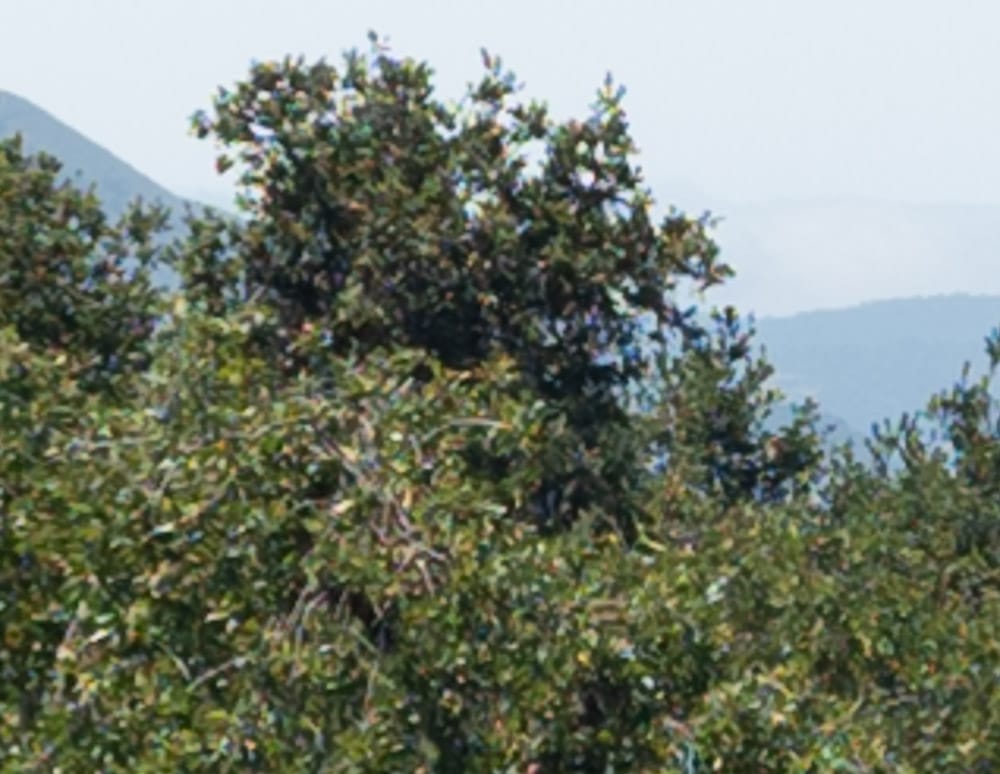
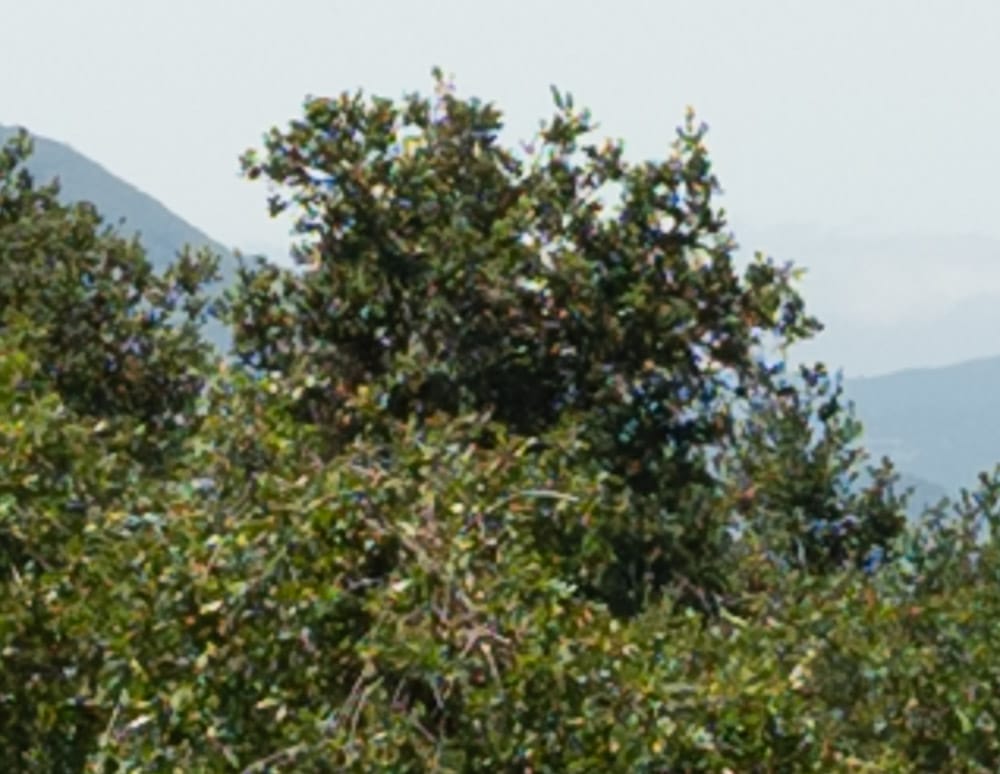
Awfully close.
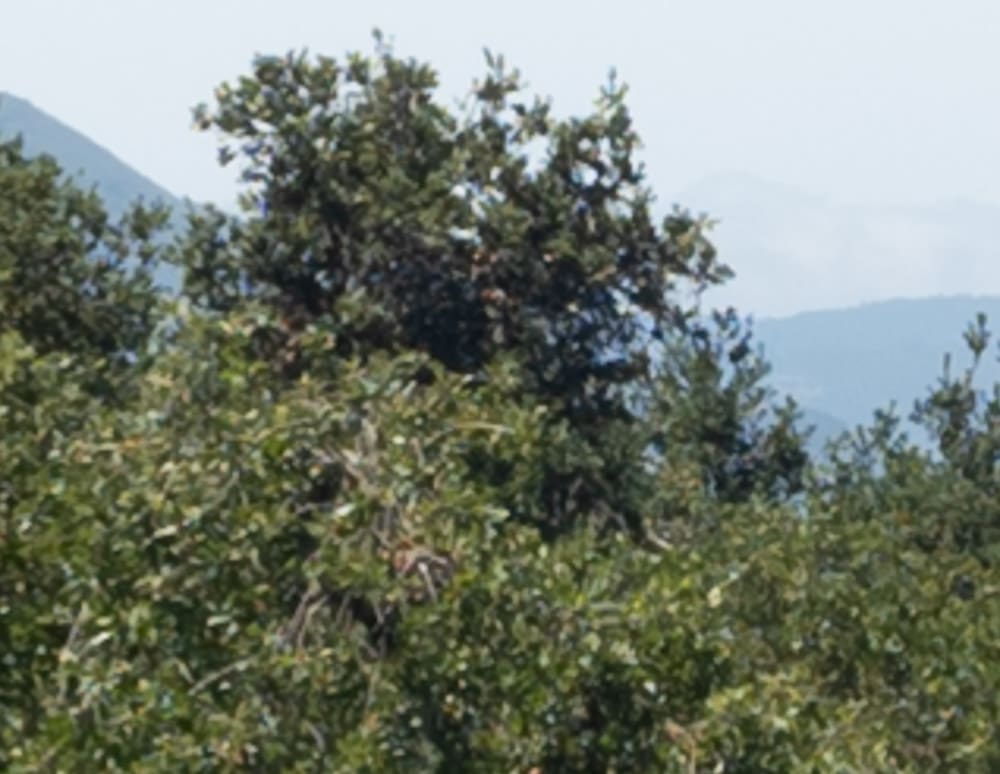
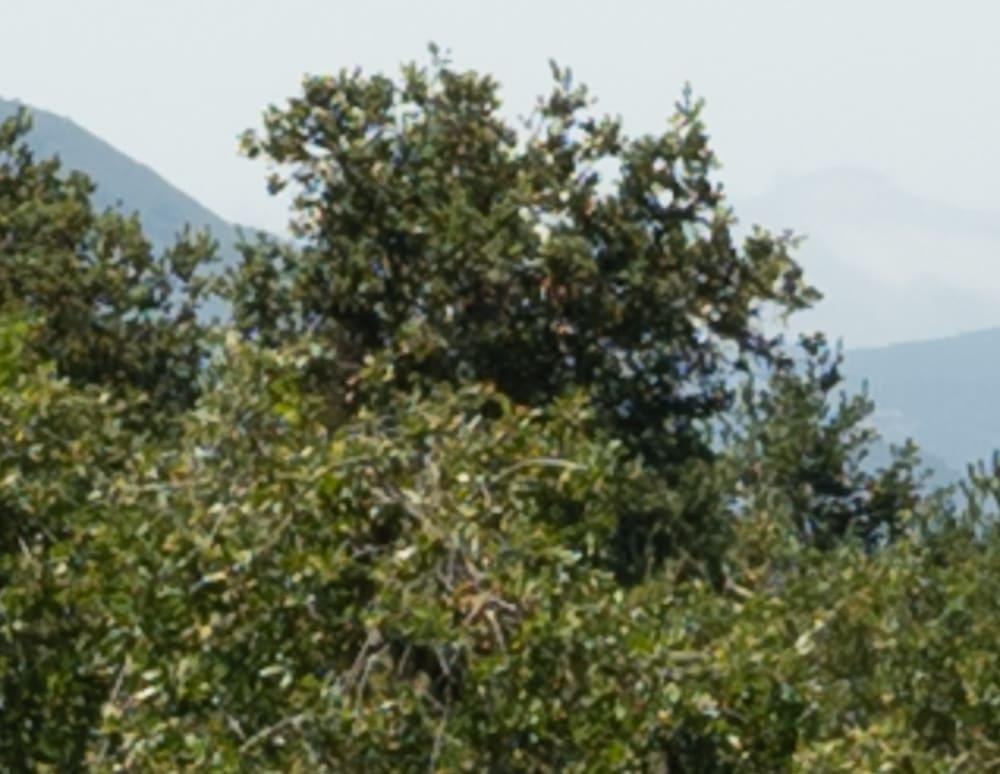
Diffraction is cutting into sharpness with both lenses, but there’s less aliasing.
In the upper left corner:
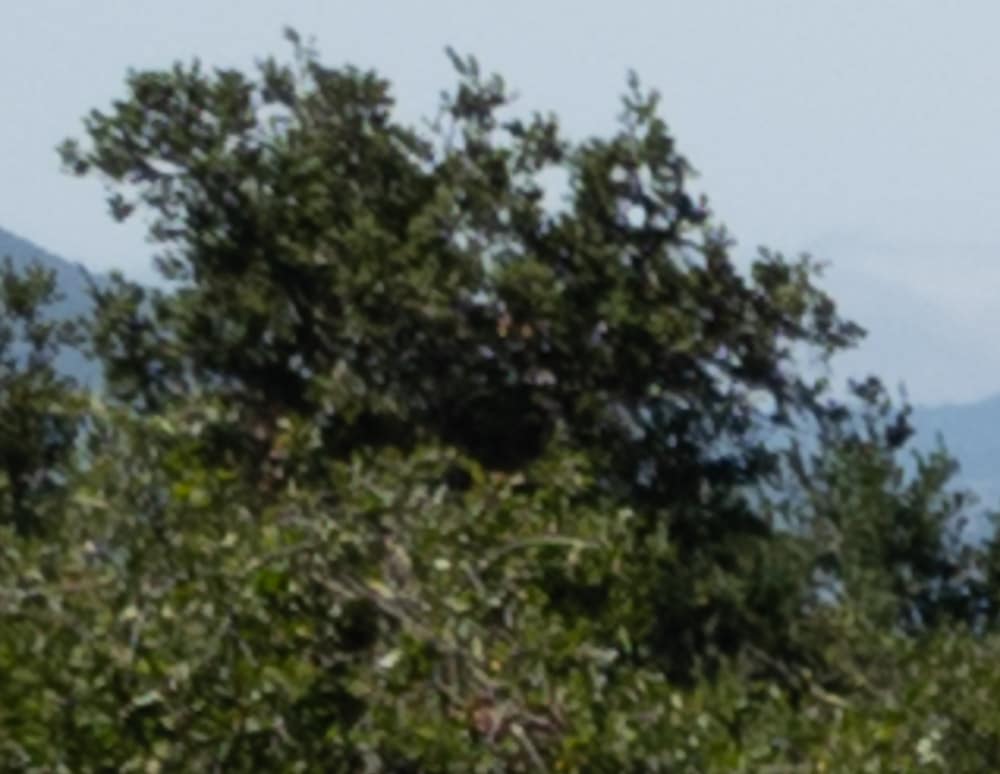
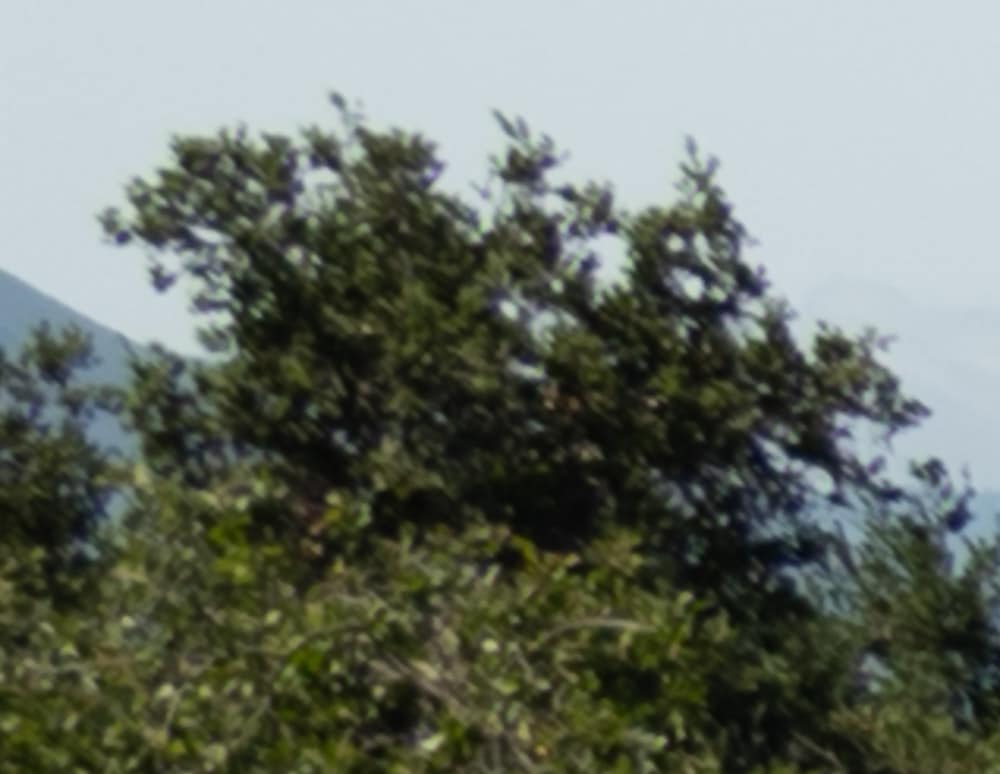
Neither lens has crisp corners wide open, but they’re not bad. I’d give the nod to the prime.
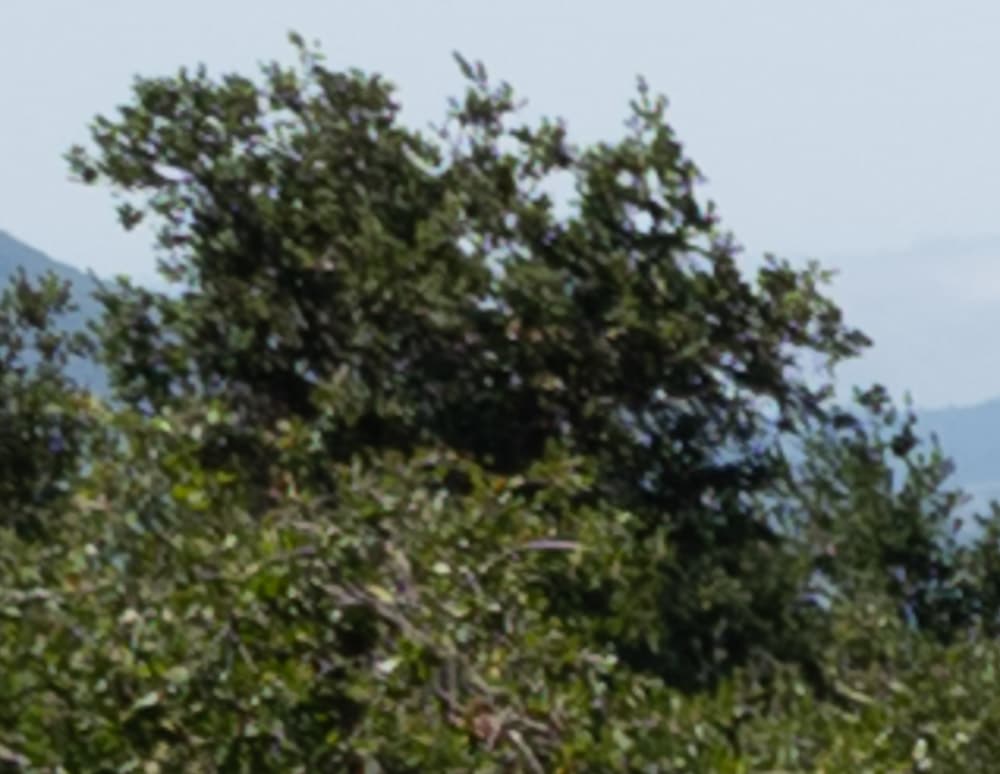
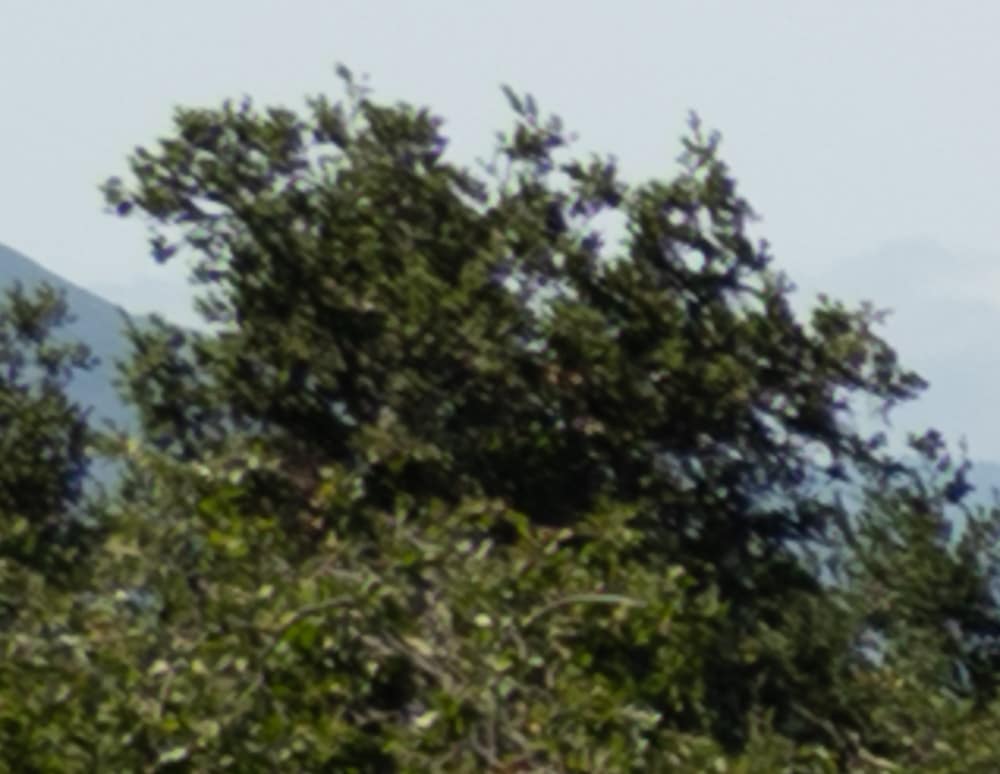
The prime is a bit sharper here, just like with the Siemens Star testing.
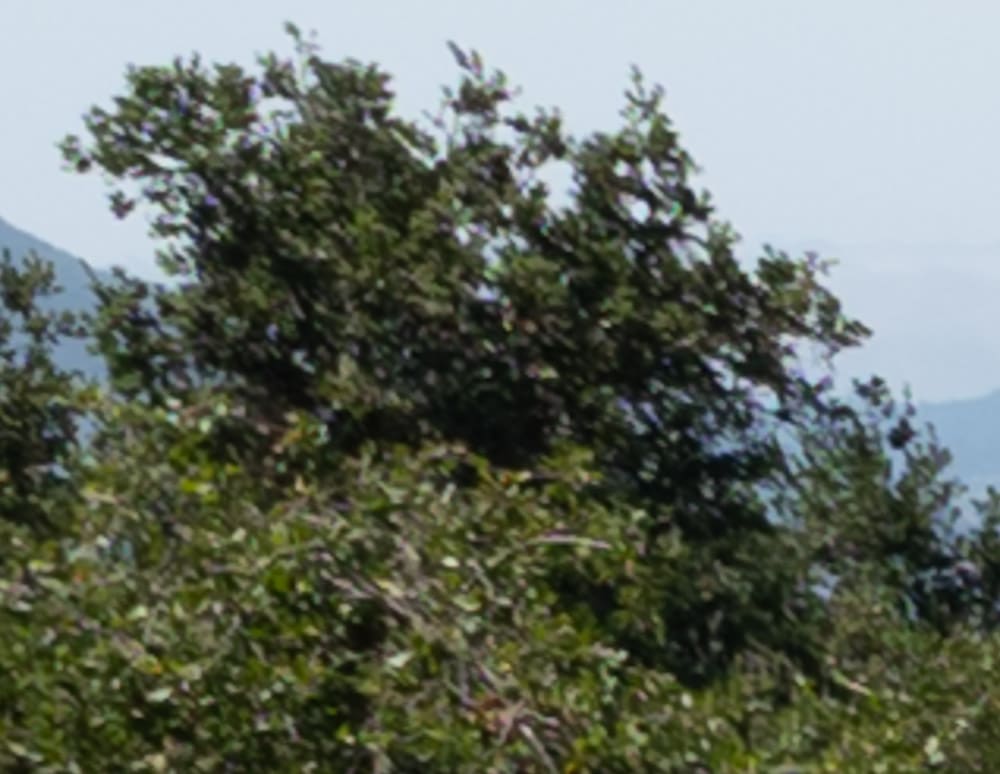
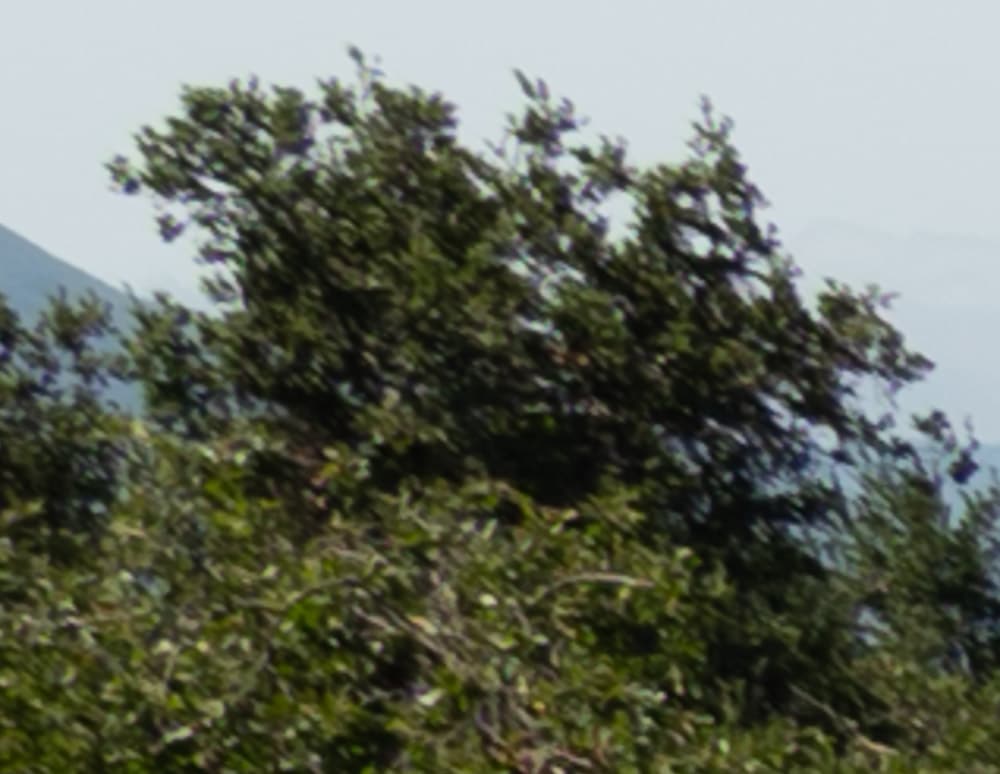
The prime retains a very slight lead.
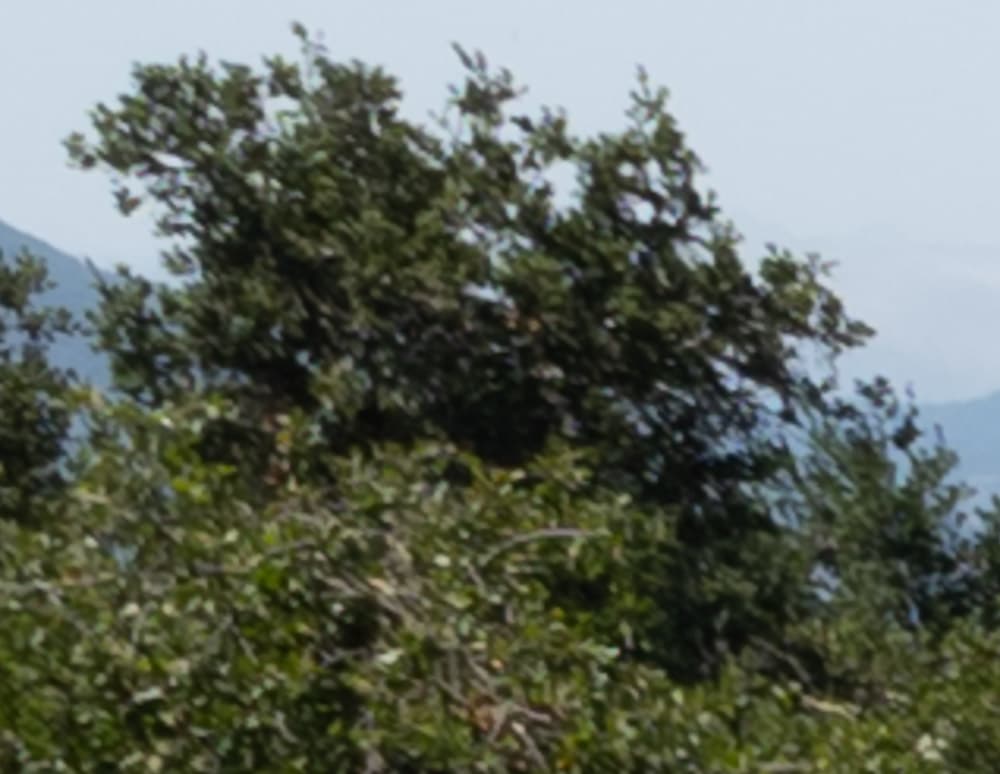
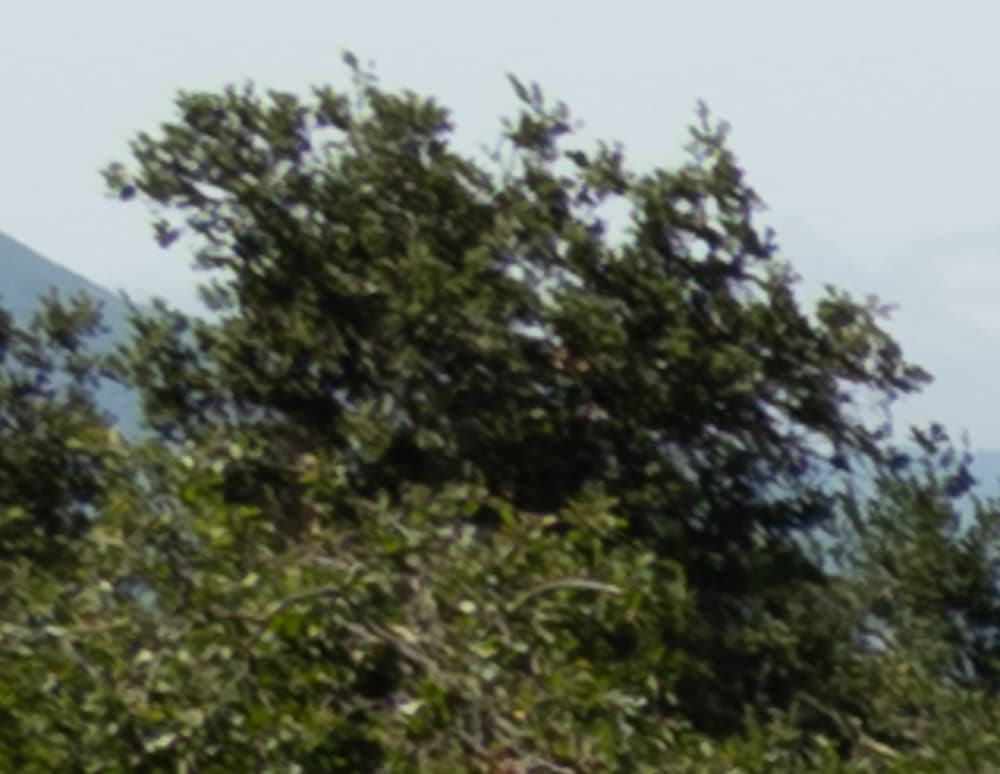
Diffraction has equalized things. These lenses are very close in this test.
Leave a Reply